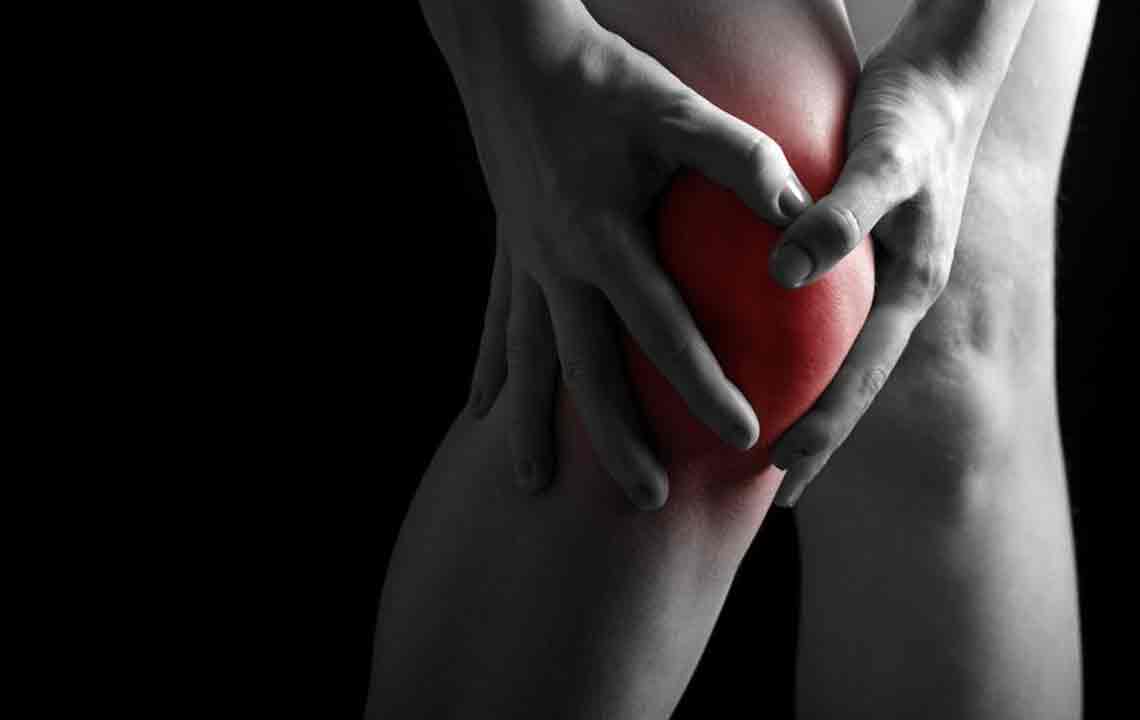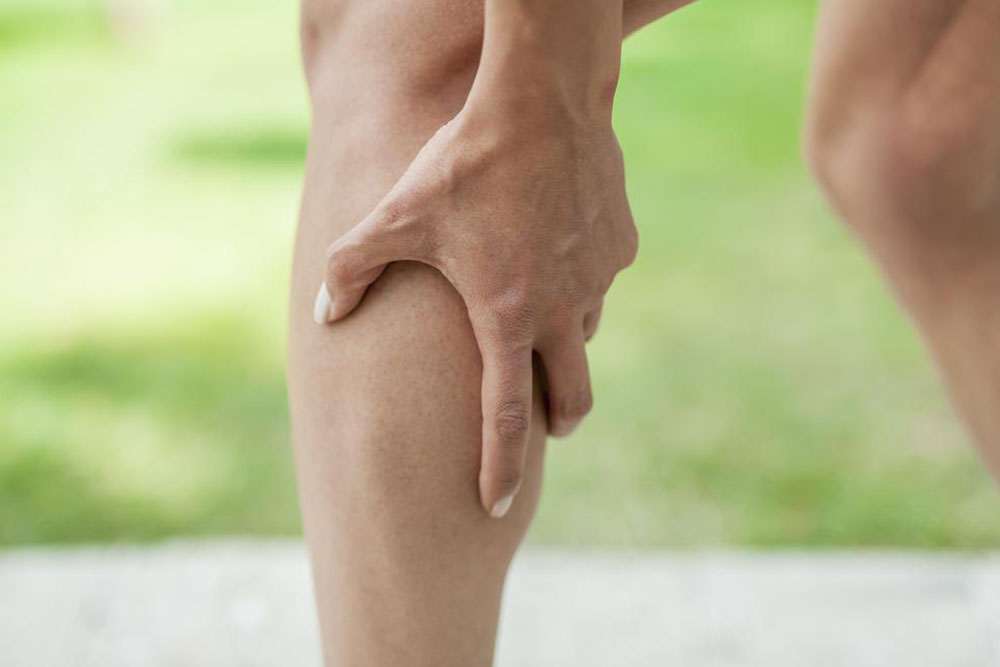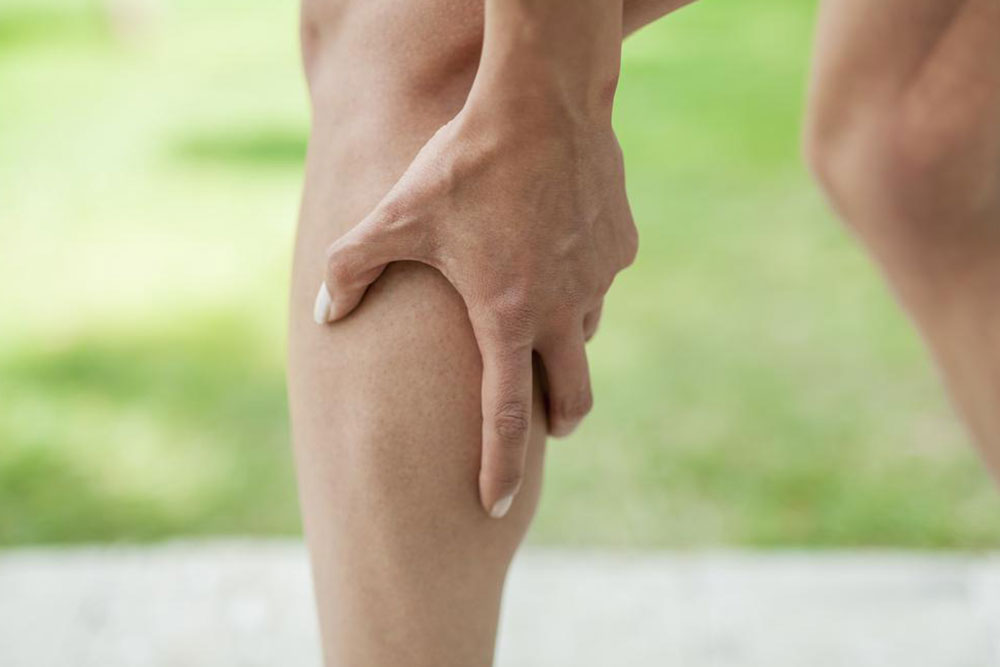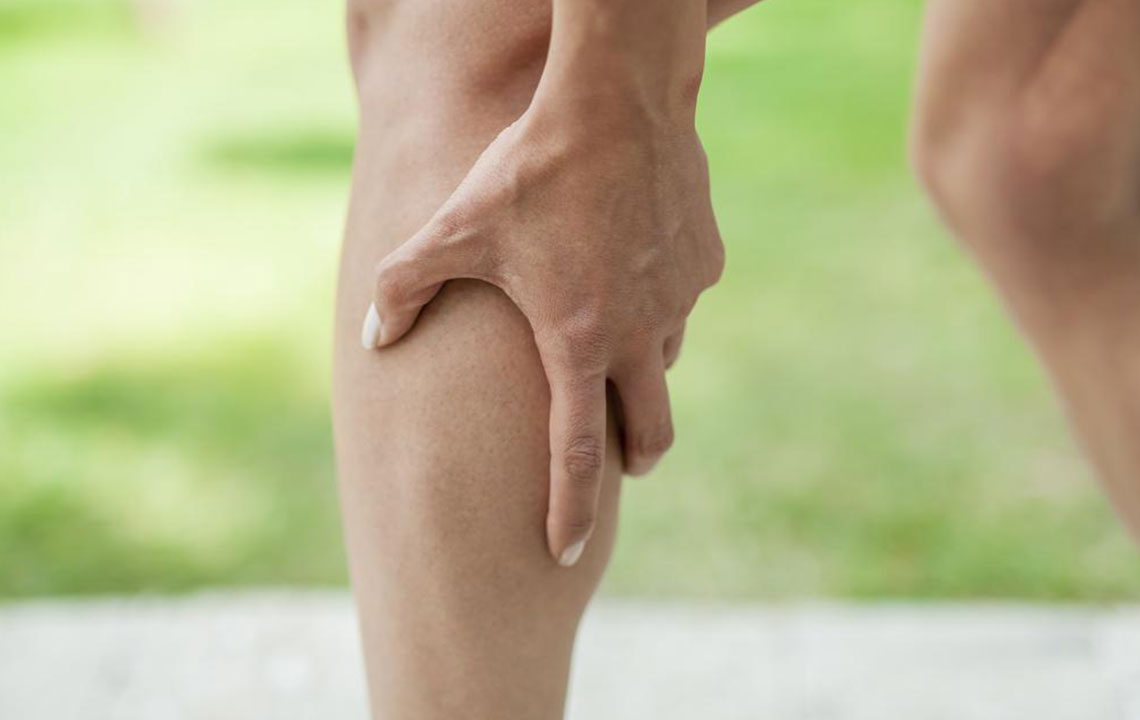Understanding Nighttime Leg Spasms: Causes, Treatments, and Prevention Tips
Nighttime leg spasms, often occurring during sleep, can cause sudden pain and discomfort. Causes include dehydration, mineral deficiencies, poor circulation, or underlying health conditions. Treatment involves stretching, medication under supervision, and prevention through hydration and exercise. Although occasional cramps may not need medical attention, persistent or severe spasms require consultation with a healthcare provider to determine appropriate care. Proper positioning, supportive footwear, and staying hydrated are key to preventing these nocturnal contractions. Consult your doctor for personalized advice and relief options.
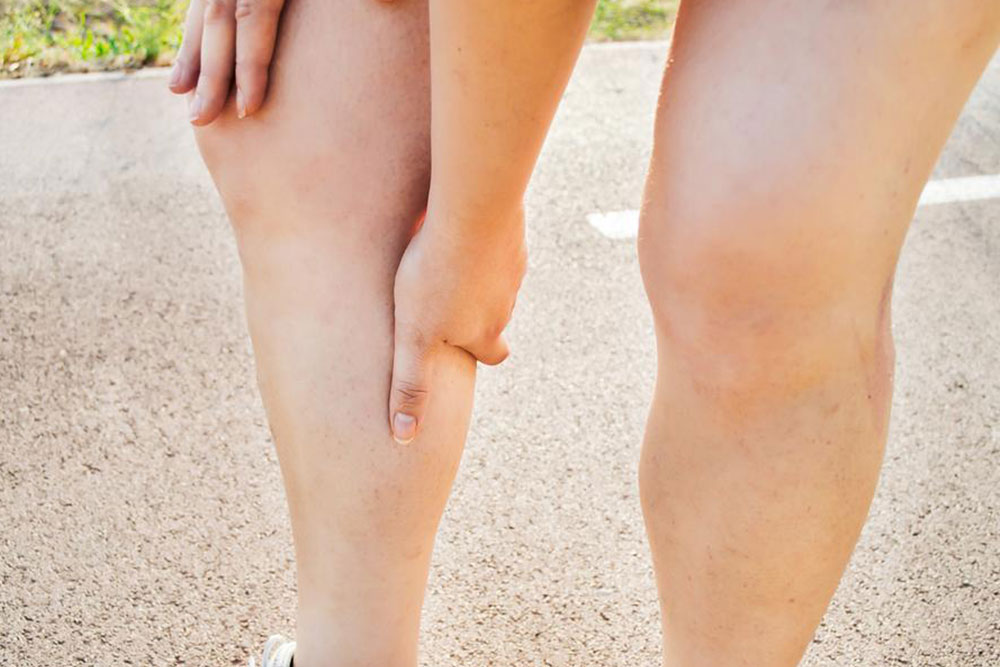
Understanding Nighttime Leg Spasms: Causes, Treatments, and Prevention Tips
Waking up with sudden leg contractions is a common issue that can range from mild discomfort to severe pain.
A muscle cramp is a brief, involuntary tightening of a muscle, lasting from seconds to minutes. These spasms can involve skeletal muscles or smooth muscles.
What Are Nighttime Leg Spasms?
Nighttime leg spasms are involuntary muscle contractions occurring during sleep or rest, commonly affecting the thighs, calves, feet, and soles. Even after the spasm stops, soreness in the affected area may remain.
The severity of the pain varies among individuals, from mild discomfort to intense agony. The exact cause often remains unknown, but several factors may contribute.
Common Causes of Nighttime Leg Spasms
Dehydration leading to fluid deficiencies
Low levels of minerals like sodium, potassium, calcium, or magnesium
Poor blood circulation caused by prolonged sitting or awkward resting positions
Certain medications including antipsychotics, birth control pills, diuretics, statins, and steroids
Underlying medical conditions such as thyroid disorders, kidney disease, multiple sclerosis, cardiovascular issues, or peripheral arterial disease
Advanced pregnancy stages
Lactic acid buildup during anaerobic activity can also trigger cramps during increased heart rate.
Treatment Options for Nighttime Leg Spasms
Occasional spasms rarely require medical intervention. However, persistent or severe cramps should prompt a visit to a healthcare professional. The doctor might recommend stretching exercises targeting affected muscles, especially the calves. Over-the-counter painkillers offer temporary relief, though they are not always very effective. Quinine has been used to treat recurrent cramps, with limited doses showing promise; however, it must be taken under strict medical supervision due to potential side effects.
Prevention Strategies for Nighttime Leg Spasms
Incorporate regular stretching routines.
Ensure supportive footwear and use proper positioning during rest.
Stay well-hydrated throughout the day.
Engage in controlled, appropriate exercise.
Maintain support for toes during sleep and rest.


